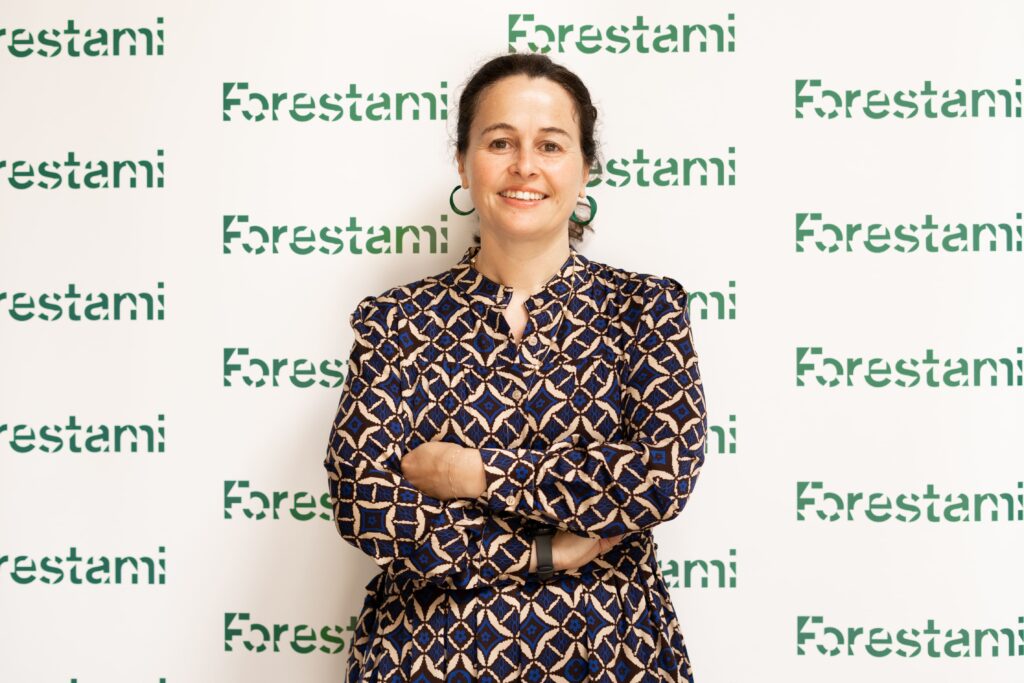
Centuries of art and literature bear witness to an ambivalent relationship between man and nature, the latter being pleasure and pain, generous but at the same time a serious threat to human beings. With the climate crisis, a discussion has begun on this relationship: is it possible to live peacefully with the environment or even make it an ally for our health?
The investigation is also underway here at Politecnico di Milano, where Maria Chiara Pastore, professor and researcher in urban planning at the Department of Architecture and Urban Studies contributed to conceiving Forestami, an ambitious project that aims to plant 3 million trees in the Metropolitan City of Milan, and is principal investigator at the National Centre for Biodiversity (Spoke 5, Urban Biodiversity, together with Massimo Labra, Bicocca University).
«I graduated from Politecnico di Milano in architecture with a thesis on living in a risky area like the one surrounding the Vesuvius volcano,” explains the researcher. “In the early 2000s, in fact, there were regional policies encouraging the 600,000 inhabitants of the area to move because of the risk of eruptions. The theme of living related to nature and its risks also accompanied me during my PhD in Spatial Planning and Urban Development on the relationship between city development and water systems. Nature, in this case, was analysed as a natural resource to be managed.
I continued to pursue the subject by trying to go beyond urban planning, that is my specialisation, and working with the engineering department of University College London and later with a PhD thesis in Dar es Salaam in Tanzania, one of the most populous cities in the world. It was in this city that I was able to further explore the relationship between population growth and nature as a resource for the city».
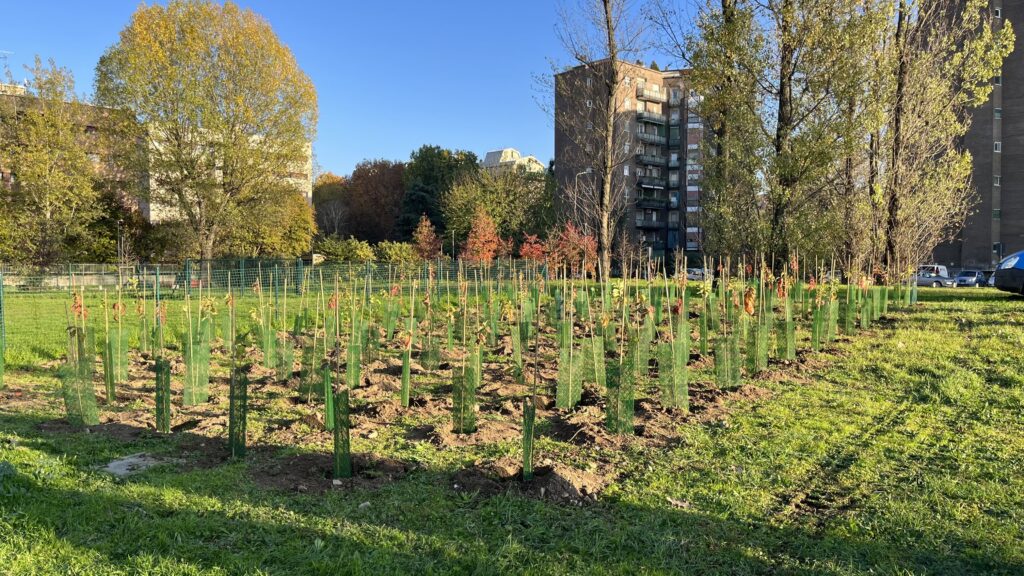
Speaking of nature as an urban resource, how did Forestami come into being?
«At the first World Forum on Urban Forests, organised by Politecnico di Milano in Mantua in 2018 together with FAO and Società Italiana di Silvicultura (Italian silviculture society), we addressed the relationship between nature and the city (the second forum will take place in Washington DC in October 2023 and is organised by Politecnico, FAO, Società Italiana di Silvicultura and Arbor Day Foundation).
The World Forum was the first of a series. We have been talking for many years, for decades, both in urban planning and in other disciplines, about the importance of greenery, but what is new is the link between urban forestry and biodiversity: while trees have always been there in cities, we must increasingly recognise the importance of plants as ‘natural devices’ that support our health – the importance of nature that we are taught from a very young age but which is lost as we grow up.
launched at the end of 2018. The project comes in the wake of the participation of the Municipality of Milan in the C40 – Cities Climate Leadership Group, in which they address, among other things, environmental issues through comparisons with cities in different countries. In addition, the Metropolitan City of Milan, like the entire Po Valley, has a poor quality of the air, especially in the winter months. At Polimi we examined the different potential policies to be implemented to find some nature-based solutions, which together with other policies could contribute to improving air quality. The study was conducted by the Department of Architecture and Urban Studies and supported by Fondazione Falck and FS Sistemi Urbani.
Our research started with an analysis of the territory: we first tried to understand the issues to be addressed, from heat islands to permeable and impermeable soils and water run off, and then correlated them to the tree canopy cover (the layer of leaves, branches, and tree stems that cover the ground), which was not available to us in 2018. For us, it was essential to understand the spatial distribution of the trees, the typology: hence a survey of the crowns, through which the state of well-being of the tree is assessed. We studied not only the public property, but also the private property: every tree is important, because they all contribute to the city’s well-being.
We then focused on the potential greenery: we calculated how many trees could be planted within the Metropolitan City and started working with the 133 municipalities in the Milan area.
Five years after the start of the project, we are drawing some conclusions. First of all, a coordination on nature-related issues is absolutely necessary; this does not only concern those who deal with services and the environment, but also those who deal with reclamation, planning, urban planning, research… – all sectors that only consider this subject from a specific point of view and have very little capacity for confrontation with others. By bringing together different specialists, we aim for a multifaceted vision that harnesses this complexity to improve the quality of air and space by planting trees.
Right now we are doing the calculations for the next growing season: every year we plant in the metropolitan city between November and March. We are now in a planning phase, with inspections to understand which areas we will plant next. To date, the Forestami project has a fund managed by Fondazione di Comunità and uses donations to finance the planting of trees which we look after directly. A technical committee – composed of the Municipality of Milan, the Metropolitan City, Parco Sud and Ersaf – evaluates the projects, a scientific committee expresses economic opinions, and some social cooperatives deal with the planning, planting and maintenance for five years
Thanks to these direct funding we planted over 50,000 trees. We are working together with the Metropolitan City on urban forestation projects financed by the PNRR (Italian recovery and resilience plan). On top of this, Politecnico is trying to work as facilitator and connector of other calls for bids. For example, we collaborated with the Università degli Studi di Milano, which wanted to work on the Metropolitan City of Milan through its research. We therefore worked with a view to have part of the European research done in the Metropolitan City, by facilitating the relationship with the municipalities, since we work on territorial frameworks».
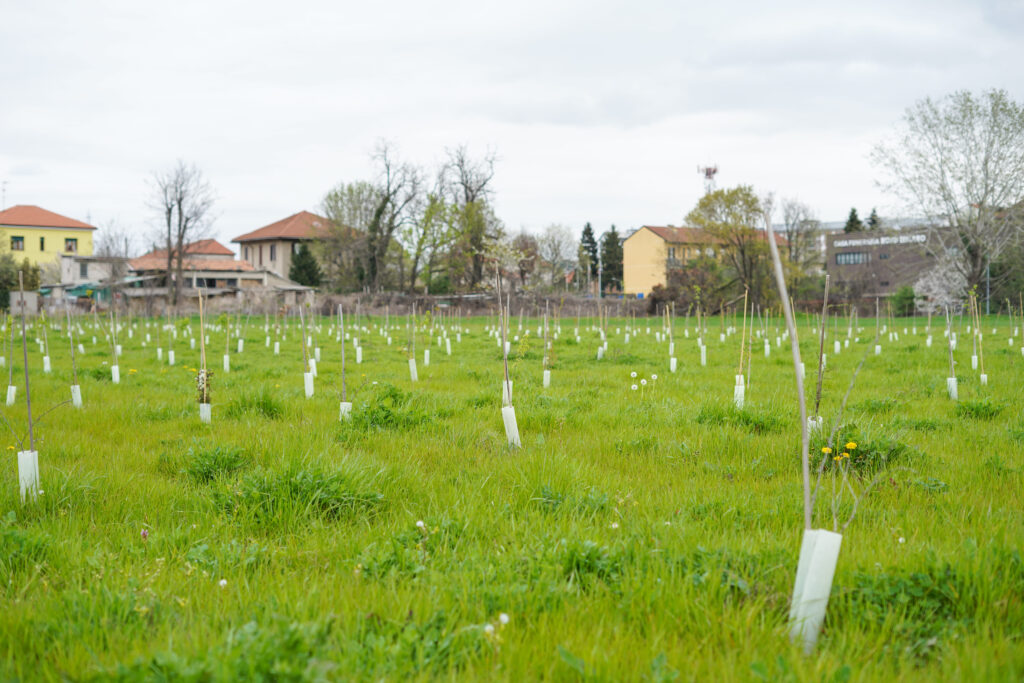
A great team effort as well.
«Working with people who deal with nature, even with very different skills, is exciting. I have personally experienced this in the project of the Centro Nazionale di Biodiversità (national biodiversity centre), in which the Politecnico is a partner; the structure deals with sea, land and cities through collaboration between institutions and companies. I am the principal investigator of urban biodiversity, together with Massimo Laura of Università Bicocca. This is a very exciting challenge because biodiversity in the city cannot be ‘restored’. One of the topics discussed at the latest COP (Conference of Parties, the annual meeting of the countries that have ratified the United Nations Framework Convention on Climate Change or UNFCCC) was the Kunming-Montreal Agreement, which sets the goals of having 30% of protected areas and 30% of soils restored to their natural state globally by 2030.
Of course, this approach is very complex in cities, as degraded soils cannot be restored to their natural state because the source soils and species are almost never native tout-court.
The problem is that diversity is inherent in the city, where the relationship between native and non-native species may be an issue.
The point is to bring biodiversity into a new dimension: it is a big challenge, but we try to do it in a very specific way, working on themes (soil, design, ecosystem services), with a multidisciplinary and collaborative approach.
The film Dont’ look up, with its satire on the indifference of governments and the media towards the emergency, made me think a lot. I experience this situation a lot in my daily life, in terms of the disconnect between our lives and what will happen tomorrow that we do not see. We are aware of the environmental emergency, we know it from the extreme weather events we are experiencing that we did not see 5 years ago, with some days in July breaking all heat records. Yet, on the one hand we are not implementing actions or changes to our lifestyles, on the other hand any action seems to be futile.
Forestami has a simple, understandable, close objective – to improve air quality by planting new trees and shrubs in the Metropolitan City – which has an impact on a very specific area.
In principle, we all agree with measures and strategies to mitigate climate change, but basically we are reluctant to give up our comforts. We all want more trees in the city, but are we willing to have less parking lots? Yet if we planted a tree in the place of each car park, we would be much better off, firstly because we would use the car less, then we would not create a heat island, and we would exercise by walking more. A tree-lined avenue protects you from the beating sun. Despite the many advantages, the loss of comfort is a major hurdle. The common feeling is that greenery is not a public utility, and we are trying to work a lot on this because nature is not seen as our best ally, but as a resource that needs to be maintained and creates inconvenience (mud, grass, leaves, etc.).
Before I started this project, I thought the lack of trees was mostly due to a lack of skills, coordination, funding, not to a cultural issue.
The Forestami project has evolved a lot with respect to this aspect, by working with schools, with the Academy, and we do our utmost not so much to promote the project, but to explain why we are doing this: we have to make sure that people understand why we are doing this.’
Economic choices to favour a green transition are also experiencing the same resistance
«In this sense we speak of a new economy. Transitions are always very complicated: going from one state to another creates imbalance, there is a lot of effort involved.
In his book Half-Earth the botanist Edward O. Wilson argues that in order to save the future of life, we must preserve half of the earth. In my opinion this helps us to understand the need to have one vision instead of many visions. Despite all the difficulties we may have in cultural transformation, Forestami is a challenge which people can feel a part of».
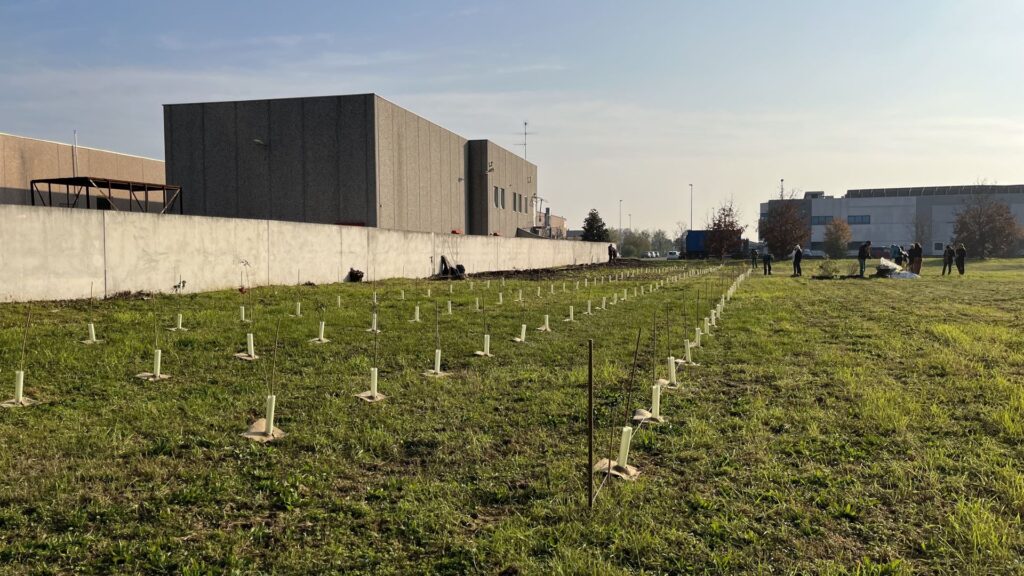
These are the subjects put on the table for discussion during COP 27.
«I follow the COP very closely, because it is a broad system that describes a very interesting geopolitical trend in detail. For us Italians, the reference is the European Union, which is working on a biodiversity strategy with the Nature restoration law.
Such directives, which are not easily passed unanimously, are steps forward on biodiversity and the increase of natural capital that will change our policies. The point of these policies is to give us a direction that perhaps a single nation does not always have, to draw a clear trajectory to lead us towards the green transition.
The goal to recover 30% of the land and sea areas to be preserved and managed by 2030 is shared by the COP.
The competition for soil is unbridled: urban systems account for 3.5% of the land surface, then we have farmland and areas for livestock, transport, industrial and logistics facilities… the impact is devastating.
COP 21 in Paris decided to limit the global temperature increase to 1.5°C, but we are struggling to not exceed this threshold, and having reached a historic agreement is not enough.
When the US pulled out of the Paris Agreement, American cities joined together to reaffirm their support. This is something interesting: cities acted as a ‘national lobby’, which was previously a trait of governments only. The role of cities has always been to bring innovation, but it has never been stronger in terms of influencing people and governments. Cities anticipate change, just look at sustainable mobility: Paris, Barcelona and London were forerunners. We cannot disregard this: we have to increasingly look at citizens as active listeners».
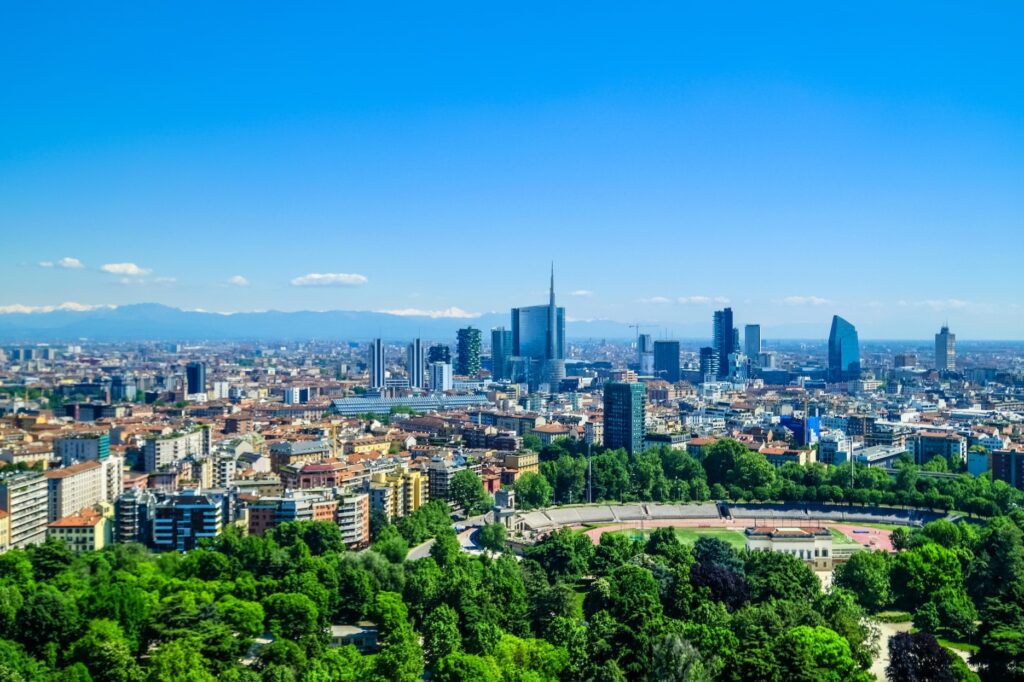
Turning back to COP 27 targets, many environmental movements argue they are insufficient.
«In essence, mediating between the different positions is very complex and I would not call it a failure. We set quantitative targets. It is always important to set a fixed value, a measurable target, so that people can understand what you are talking about: maybe the 30% threshold is not enough, but coupled with the 1.5 °C target it helps to achieve something concrete in regard to climate. Is the environmental emergency assessed as the real emergency? Perhaps this is the crux of the matter: let us not forget that poverty, non-accessibility to resources, migration and wars result from the climate emergency. The ecological dimension is not the only one.
Moreover, since 2015 we have been very exposed to the climate crisis theme and we have become accustomed to it. We are already moving from climate change mitigation to adaptation, because as usual we are used to working in emergencies».
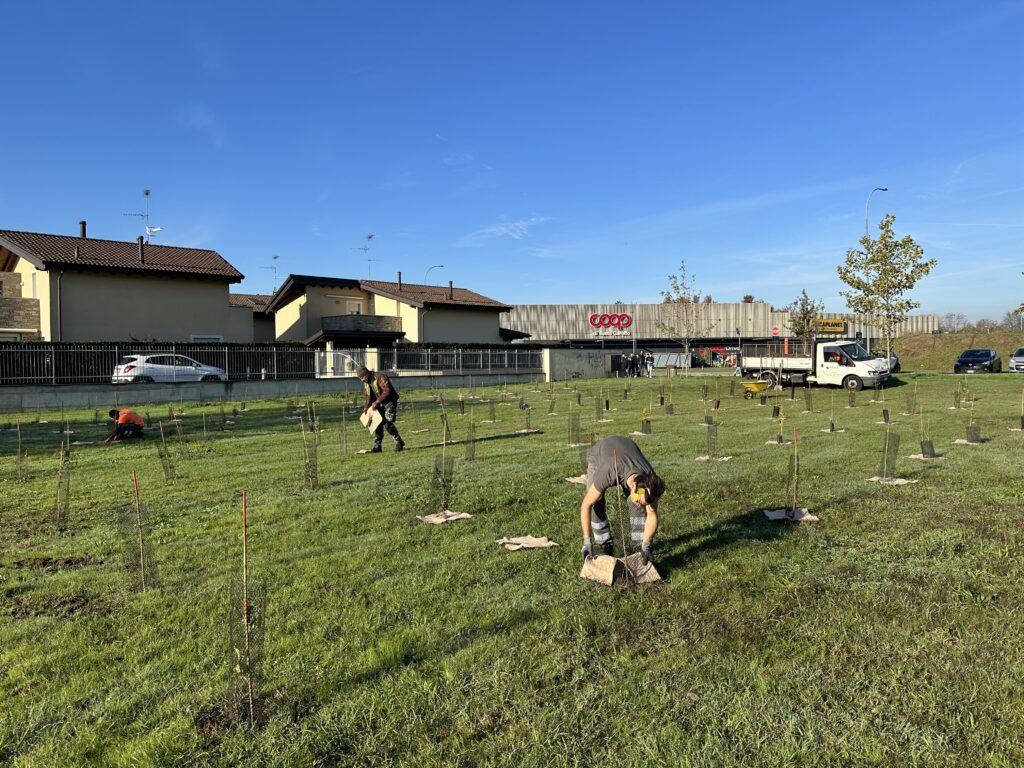
How important is biodiversity? Sometimes in urban contexts it is perceived as a hindrance to city life.
«Biodiversity and biodiversity protection are so important that we have included them in our Constitution. In her book The Sixth Extinction: An Unnatural History, Elizabeth Kolbert interviews an expert who uses a series of glass tanks to explain the loss of biodiversity. Imagine that each tank is filled with a different organic compound. Then imagine that each tank is connected to neighbouring tanks by long, thin pipes with the taps on the pipes left open for even just one minute a day: the compounds will start to diffuse and the chemical elements to recombine, forming new compounds. Some of the original compounds will be lost over time. The system will reach a balance, all tanks will contain the exact same solution and the variety will be eliminated – this is exactly what can be expected to happen when plants and animals that have been isolated for a long time come into contact, which we humans are doing. Obviously our system is not yet balanced, but the direction is set: with the loss of biodiversity we’ll have the same species everywhere – just think of parakeets, which used to nest in Rome and now are chirping in Milan too».
What would be the most impactful actions to save what can be saved?
«Without a doubt the first thing to do is making space for nature, getting out of our comfort zone and thinking that natural systems are structural to our living and we need to increase them inside and outside the cities and connect them together. We need to work on major restoration, conservation and protection interventions because what we do to nature is very damaging.
Secondly, we need to work on a cultural transformation. As a university, Politecnico focuses on the education on these issues as a fundamental step: we must ensure that degree courses become an operational environment where these issues are increasingly discussed and elaborated upon.
As part of the European U Forest project aiming to bring the topic of urban forestry into teaching, last year I taught a course with 70 participants, which is a big number for an optional course. We also held a MOOC (massive open online course) with 1000 active participants. This highlights the need for learning on these topics, the trainees were very proactive. It was a very nice journey, with several guests also from other disciplines, for example agronomists.
But we need to work also outside universities, to bring these topics out of the purely scientific dimension in order to disseminate projects, ideas, information that reach the population very clearly and correctly. In short, a lot of knowledge transfer and a big dose of optimism: the feeling is always that of moving the ocean with a spoon, but we must not fail in this challenge».
